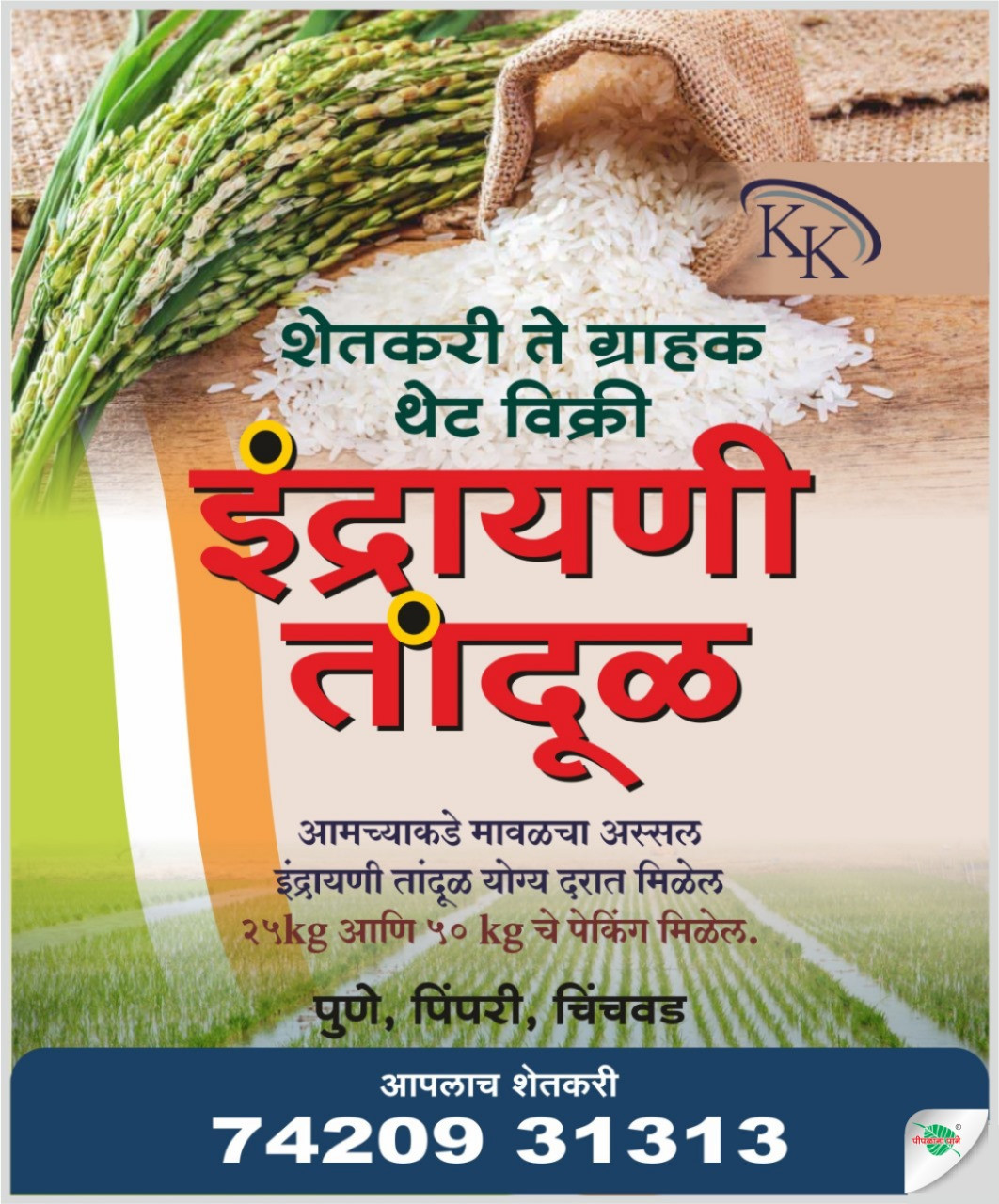
The Complete Guide to Pomegranate Farming: Tips and Tricks for Successful Cultivation
Are you considering pomegranate farming? Pomegranates are not only delicious and healthy, but they can also be a lucrative crop for farmers. However, like any other crop, pomegranate farming requires careful planning and management. In this guide, we will provide you with all the information you need to grow and harvest high-quality pomegranates. From choosing the right variety to pest management, we’ve got you covered.
Introduction: Pomegranate is a fruit that is gaining popularity in India due to its health benefits and delicious taste. Pomegranate farming has become a profitable business for farmers, and many are now cultivating this fruit in various parts of the country. If you’re interested in pomegranate farming, this guide will provide you with all the essential information you need to get started.
Choosing the Right Variety: The first step in pomegranate farming is choosing the right variety. Some of the popular pomegranate varieties in India are Ganesh, Bhagwa, Mridula, Arakta, and Ruby. Each variety has its unique characteristics, such as taste, yield, and disease resistance. Consult with a local horticulturist or agricultural extension officer to determine which variety is best suited for your specific location.
Planting: Pomegranates can be planted during the rainy season or in the spring. The soil should be well-drained and have a pH level between 6.0 and 7.0. Pomegranate plants require full sunlight and should be planted in an area that is protected from strong winds. The spacing between plants should be at least 10-12 feet.
Irrigation: Pomegranate plants require regular irrigation, especially during the dry season. The frequency of irrigation depends on the climate, soil type, and growth stage of the plant. Over-watering can lead to root rot, so it’s important to monitor the soil moisture level and avoid excessive watering.
Fertilization: Pomegranate plants require regular fertilization to promote healthy growth and high yields. A balanced fertilizer containing nitrogen, phosphorus, and potassium can be applied in split doses during the growing season. Consult with a local horticulturist or agricultural extension officer to determine the appropriate fertilizer and application rate for your location.
Pest and Disease Management: Pomegranate plants are susceptible to several pests and diseases, including fruit fly, aphids, and fungal infections. Regular monitoring and timely treatment can help control these issues. Consult with a local horticulturist or agricultural extension officer to determine the appropriate pest and disease management strategies for your location.
Harvesting: Pomegranates are usually harvested when the skin turns a deep red color and the fruit is slightly soft to the touch. The fruit should be picked carefully to avoid bruising or damaging the fruit. After harvesting, the fruit can be stored for several weeks in a cool and dry place.
Conclusion: Pomegranate farming can be a profitable business for farmers. However, it requires careful planning, management, and monitoring. By following the tips and tricks outlined in this guide, you can grow and harvest high-quality pomegranates that will meet market demands and provide you with a good return on investment.






